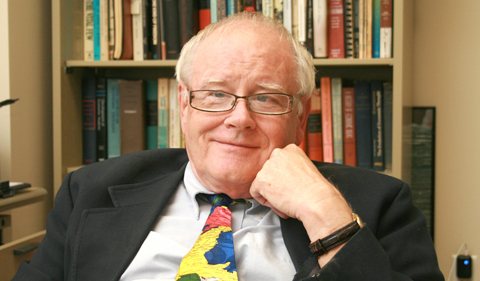Forbes education editor Susan Adams credits Dr. Richard Vedder, Distinguished Professor Emeritus of Economics at Ohio University, with helping to create Forbes’ top college listing based on “outputs,” not “inputs.”
When we started the Forbes Top Colleges list, 11 years ago, in collaboration with a team at Ohio University headed by economist Richard Vedder, now an emeritus professor and a Forbes contributor, we felt it would be especially valuable because it aimed to measure what we believed students care most about: Where will a college steer them in their life after graduation? How likely are they to find success in their chosen field, to earn enough money to pay their student debt, to win accolades like Pulitzer Prizes and Fulbright scholarships? How good is their chosen school at supporting students so they can graduate in a reasonable four or six years and join the workforce? See more on our methodology.
The Forbes list is notable in part for the things it doesn’t measure, like SAT scores and acceptance rates, statistics we call “inputs.” We think students are more interested in “outputs.” As Dr. Vedder wrote in 2008, other lists “are roughly equivalent to evaluating a chef based on the ingredients he or she uses.” With the Forbes list, “we review the meal.” In the same spirit, we now produce the list ourselves. We rank only public schools and private not-for-profits.

















Comments